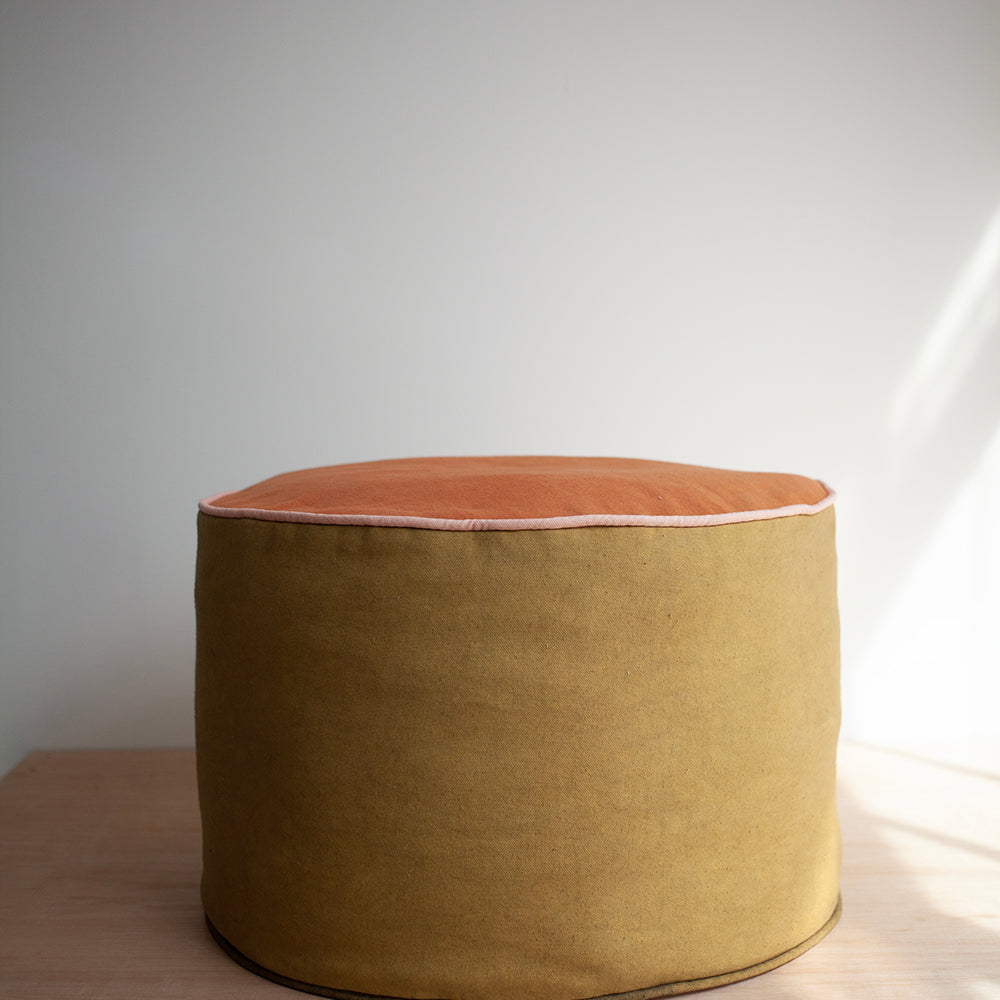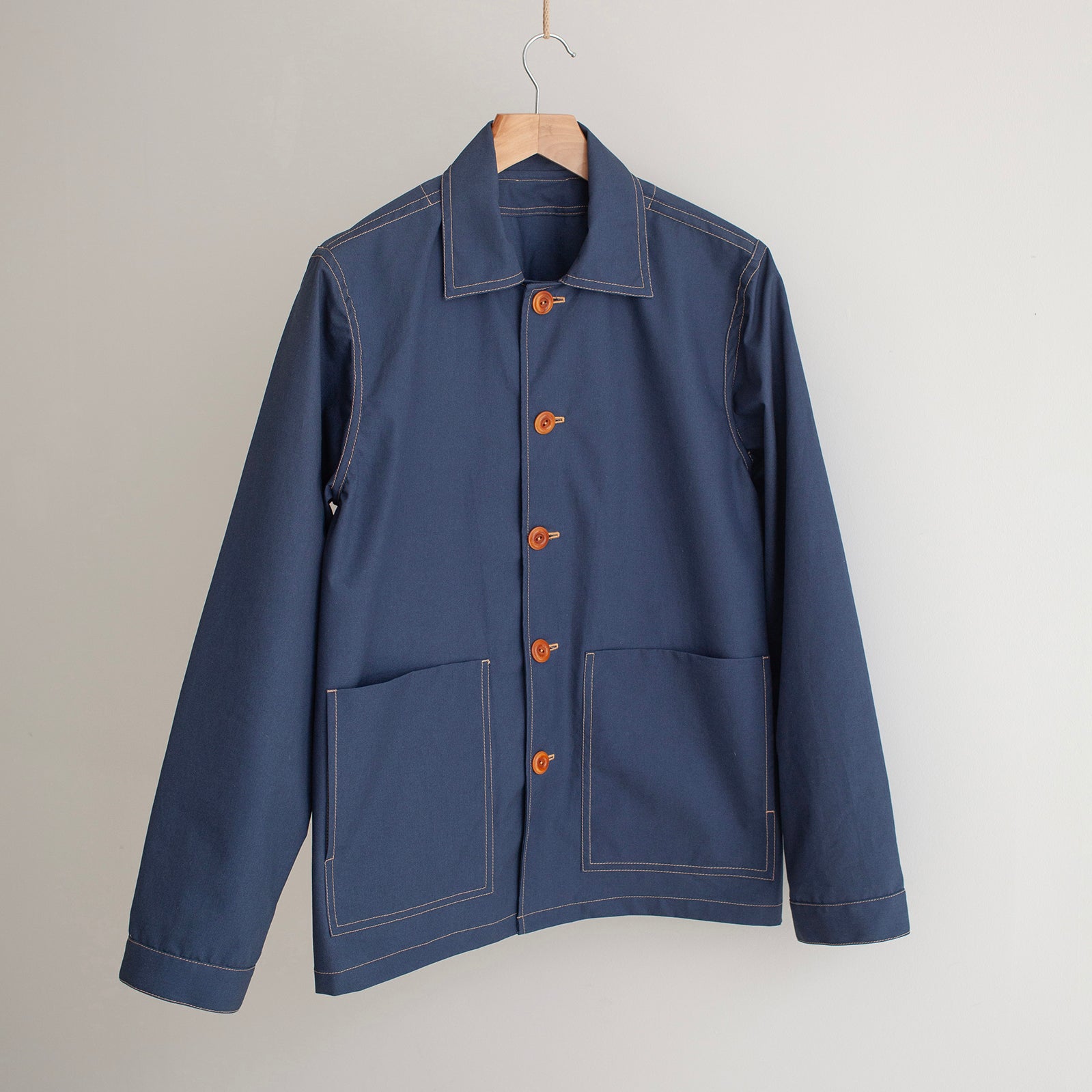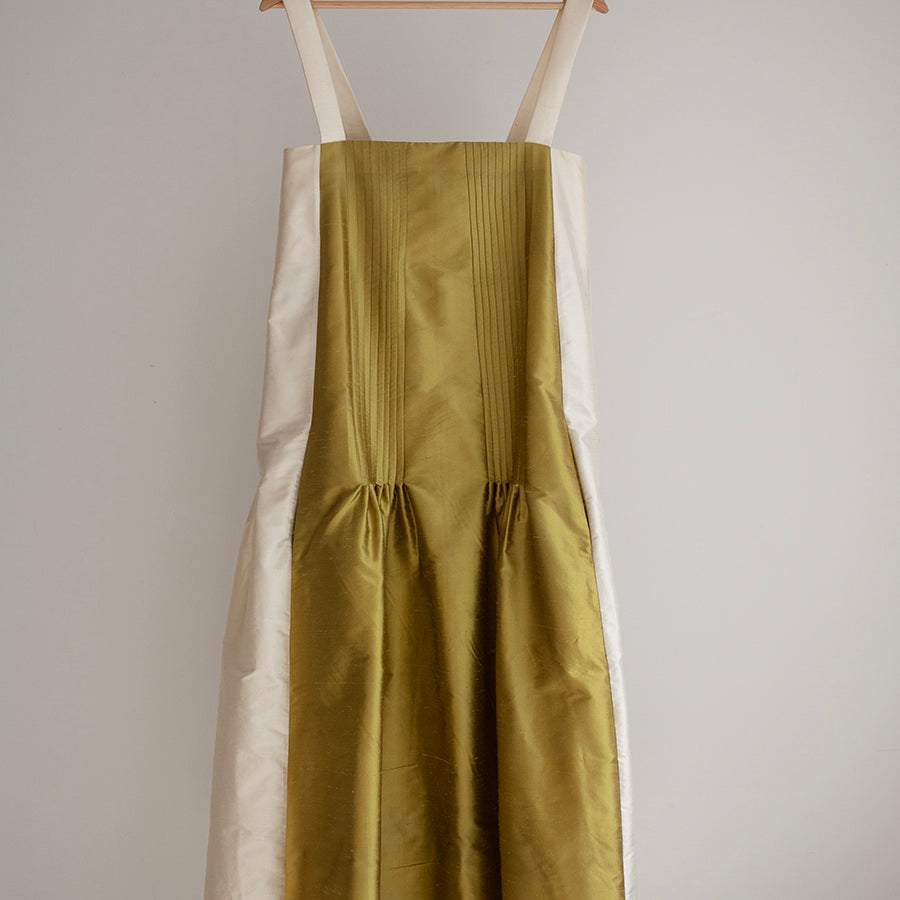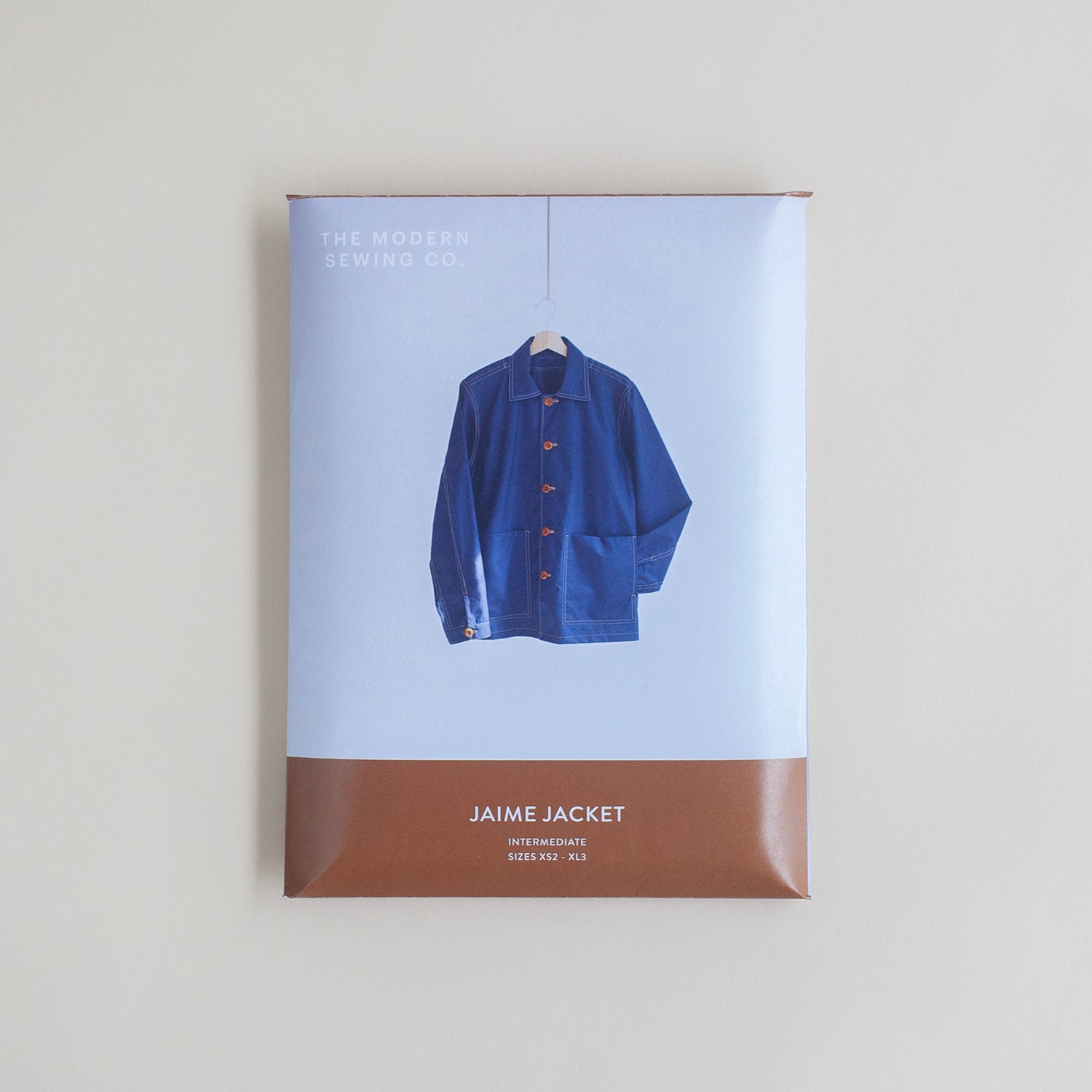
Something that did come up quite a bit was the question of waste when you’re sewing your own clothes. Projects that go wrong and end up back in the fabric box. It takes a while to be able to sew ‘store quality’ clothes so some waste in the learning process is to be expected. However I’ve recently learnt to be much more specific in the garments I’m making to make sure they last a long time. I’ve had clothes that have shrunk and no longer fit, aren’t quite the right combination of fabric, colour and cut and they end up going to charity shops.
To make clothes that will truly last it’s important to be very intentional with each part of the making process. You don’t want to rush and make something sub par and end up wasting both the fabric and your time and energy.
For me, making something that will actually last comes down to 3 things:
- Fabric choice
- Fit
- Quality of sewing
If you nail these 3 things you’ll end up with a garment that you’ll love and wear for years, and that’s the main goal when it comes to making your own clothes.

1. Fabric Choice
Fabric choice is everything. It’s so important to choose something that is a good weight and structure for the pattern you want to sew, a good colour for you and your wardrobe and good enough quality to withstand years of washing and wearing.
Fabric shops can be quite overwhelming so if you’re unsure of the kind of fabric you want to use, start by going into your favourite clothing stores. Look at the kind of fabrics that are used in the collections and for garments similar to what you want to sew. It’s nice to look at high end stores as the fabrics will be much higher quality than the cheaper end of the high street.
It's part most fashion designers jobs to go around the shops for market research so you’re not alone - the fashion industry is a never ending cycle of old ideas. Take pictures and make a note of the kind of fabrics you like and THEN go and visit the fabric shops.

A couple of other points on fabric:
- You MUST MUST MUST pre-wash your fabric before you start to sew. Fabric should come through the front door and go straight in the washing machine. There’s nothing worse than making a beautiful item of clothing and for it to shrink after the first wash.
- Be really thoughtful about your thread colour, buttons, zips etc. These things will change the whole character of a garment. Again, your market research will help you decide on these bits.
- Before buying your fabric, think about what your wardrobe is actually lacking. Is there a gap that would be useful to fill? Something smarter or more casual or something to wear everyday? To make something that’s truly useful means finding the gap, not sewing a 5th white shirt (of which I’ve been very guilty)

2. Fit
This is important to get right and it could be worth sewing a toile to make sure the garment is truly comfortable before you make your final piece. Lots of people sew wearable toiles which is a great idea and it gives you a practise run of the finishing techniques. You can also do an extremely basic toile in calico, just cutting the main pattern pieces. If you’re doing a basic toile you can leave off pockets, facings, collars, cuffs and potentially even waistbands. You just need the basic shell to throw on and check for any necessary amendments.
If you’re tall, be vigilant of giving yourself an extra few centimetres in the length. If you’re smaller, you can shorten sleeves and legs through the elbow and knee by folding the pattern at those points to remove length while still keeping the design proportions in place.
It's also a good idea to think about what activities you're going to use the garment for. For example when I'm cycling in winter I want extra length on the trousers but in summer I like a shorter hem. I also take into account whether I want to be able to layer a garment and maybe choose a bigger size. Take some care and thought over the fit as once the garment is cut you can only make it smaller.

3. Quality of Sewing
This comes in two parts. Firstly, you want your garment to withstand years of wearing without unravelling at the seams. And secondly, you want to like the look of the piece and feel proud of what you’ve made. Quality is both visual and physical and both are important.
To get to your own peak of quality sewing the main thing is giving yourself enough time. Rushing and sewing very quickly won’t give you as good a result as taking your sweet time to perfect every little detail. Luxuriate in the process. Sew slowly. After all it’s a hobby and not a race.
The other tip is continue to invest in learning until you’re really confident in your abilities. Online workshops will give you tips you never knew you needed and will bring your abilities to a higher standard.

Putting more thought and care into each garment is something I've done much more of since I took a tailoring course last summer. I spent a whole month learning how to make one tailored women's jacket with the most intricate attention to detail.
I can honestly say this experience changed the way I make clothes. I used to race through the sewing process just to get something done but I've since slowed down and take care and pride in the extra finishing details. As with everything in life, the more care you put in the better the result!
I hope there are a few tips worth thinking about here. Sewing your own clothes is as much for the mind and soul as it is for the wardrobe so it's important to enjoy the process and finish with something you feel proud of.
Happy sewing,
Hetty
x





